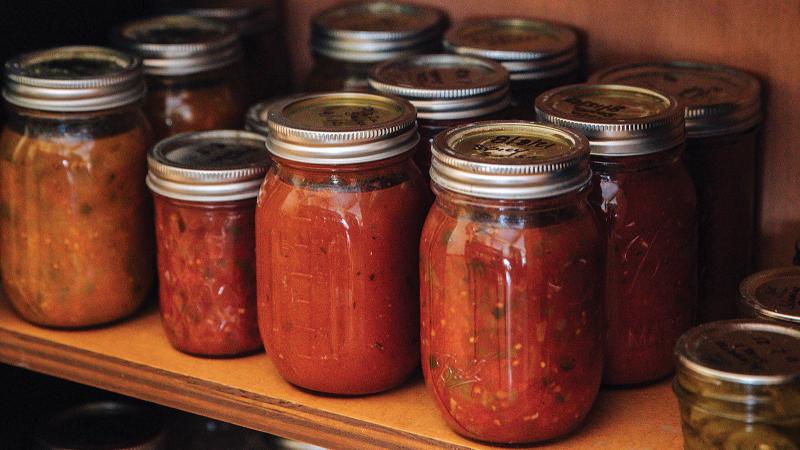Starting seeds indoors for the spring and summer vegetable garden
Published 02.13.2023
by Skylar K. (Burke) Diehl ’12
Magazine
Expert Tips
Spring 2023, Volume 32, Number 1
Why to start seeds indoors
- A head start to the growing season.
- Vegetables such as tomatoes and peppers have a very long growing season, and most regions would not have a long enough growing season to start the seeds outdoors.
- The seed varieties you can start from home can be varieties you
wouldn’t usually find at your local greenhouse/garden center.
How to sow the seeds
- Fill container to the top with soil and press firmly.
- Cluster-plant smaller seeds, like lettuce and onions, to be thinned later.
- Cover the seeds with soil following the seed planting depth on the back of the packet.
- Always label your seed containers.
- Water with a gentle spout to not disturb the seeds. Allow the water to soak into the soil, and water again so the seeds have good, moist soil to allow the seed to come alive.



Share your comments
Penn College Magazine welcomes comments that are on topic and civil. Read our full disclaimer.
We love hearing from you